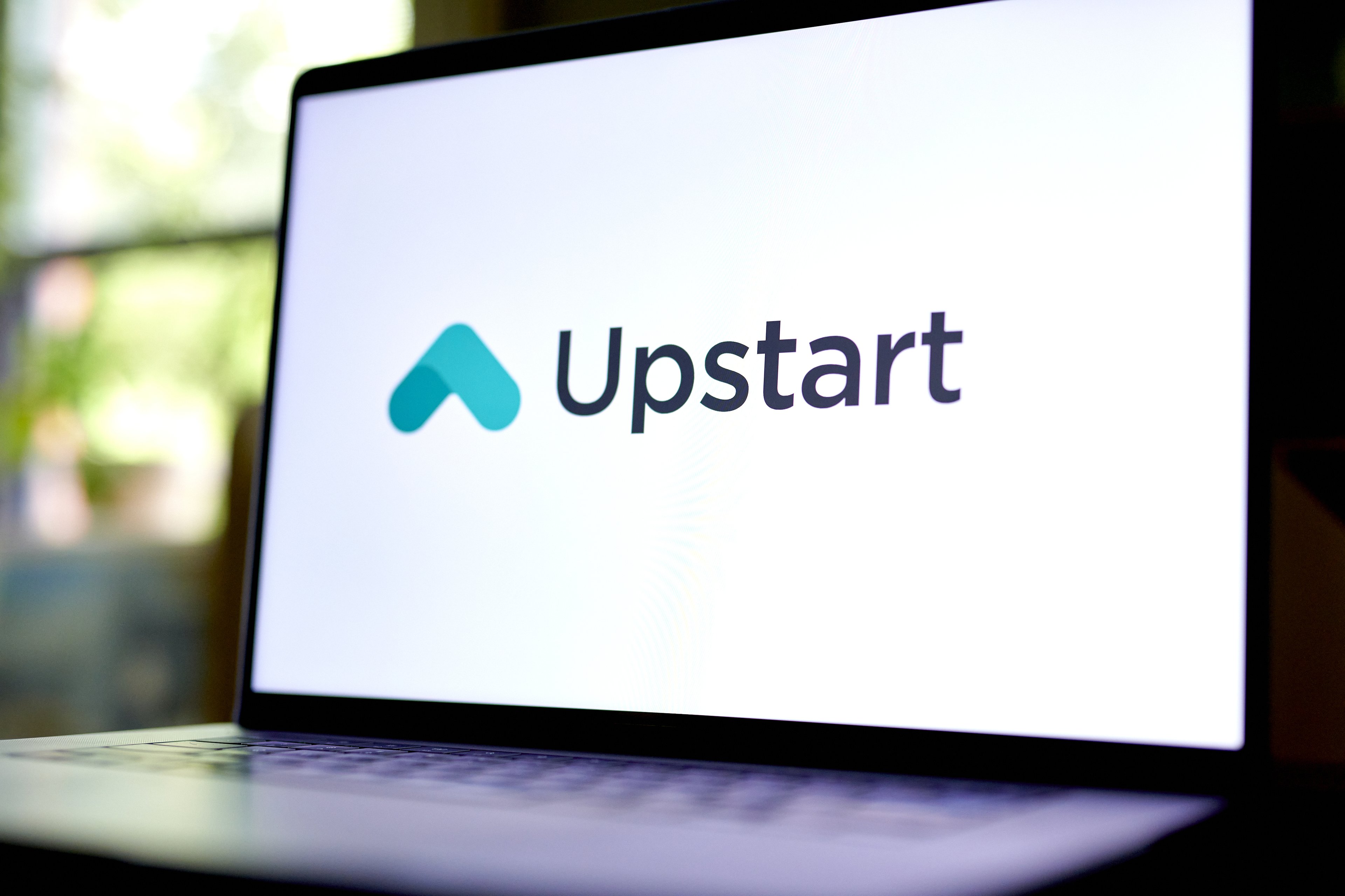While Upstart (UPST +0.50%) started its time on the public markets like a rocket to the moon, it hasn't been a fun ride for shareholders overall. Since hitting an all-time high in October 2021, the stock has cratered 91%.
But 2023 brought new life to Upstart. As of this writing, the stock is up an incredible 177% this year. The business does have some disruptive potential, yet there are also reasons to stay away.
Should investors ride the momentum and add this popular fintech stock to their portfolios? Let's take a closer look at Upstart.
Using artificial intelligence before it was cool
Upstart has developed a proprietary credit-assessment tool that uses artificial intelligence (AI) and machine learning to analyze potential borrowers. The company offers this technology, which has been shown to reduce default rates and increase approval rates, to its 99 lending partners, collecting fees any time a loan is originated.
Since its founding in 2012, the company has originated $33 billion in loans. Growth has been superb throughout the years as Upstart brings on more partners and borrowers see the advantages of obtaining an Upstart-powered loan. And this was only by offering primarily two products, personal loans and auto loans. Management has its sights set on entering the market for home loans as well as small-business lending. Combined, these markets are worth trillions of dollars in annual origination volume.
It's not all good news
Last year, though, Upstart's business started showing its weaknesses. We're now all aware that Upstart is cyclical, like a traditional financial-services business. Even though Upstart partners with lenders that utilize its platform, if these partners see declining demand from borrowers to take out loans, this directly translates to lower fee revenue for the business. In fact, revenue in 2022 showed a marked slowdown, falling 1% year over year. And in the first three months of 2023, revenue dropped 67%. This can be directly attributed to the Fed's rate-hiking policies.
Upstart's best year by far was in 2021 when its revenue nearly quadrupled, and it posted net income that was up 2,164% versus 2020's figure. But that was a very favorable year with historically low interest rates and a positive economic backdrop. In 2022, Upstart posted a net loss of $109 million, which ballooned to $129 million during the first quarter of 2023.

NASDAQ: UPST
Key Data Points
Investors must think things through
On one hand, a valid argument points to how Upstart is expanding borrowing opportunities for customers who may be shut out from traditional channels. And its technology can help boost the revenue potential of its lending partners by reaching a wider base of borrowers that they might not normally be exposed to.
Then there's the fact that the broader U.S. economy is in expansion mode far longer than it's in a downturn. And this can provide the necessary foundation for Upstart to do well over an extended period, with the wonderful years (like 2021) more than making up for the worse times (like 2022 and into 2023).
And investors who want exposure to AI companies in their portfolios might be attracted to Upstart because it has already proven its ability to integrate the game-changing technology into its offerings. There's a real-world application that has produced real revenue.
However, I think Upstart has tremendous risks to be mindful of. For starters, 42% of its transaction volume in Q1 was from one lending partner, which is a notable concentration risk.
I touched on Upstart's lack of consistent profitability, a factor that some investors might simply avoid altogether. There are so many wonderful and profitable companies out there to choose from, so why take on the added worry that could come with an unprofitable one?
And as capital markets have generally tightened in the past year and a half or so, Upstart has found it much harder to offload the loans it originates to third-party institutional investors. The balance sheet had $1 billion of loans on its book compared to just $600 million a year ago, adding lots of credit risk to the equation.
I view the risks as being too significant to consider owning the stock right now. But if you believe the long-term upside potential outweighs the negative attributes, maybe it's a smart idea to initiate a small position.





